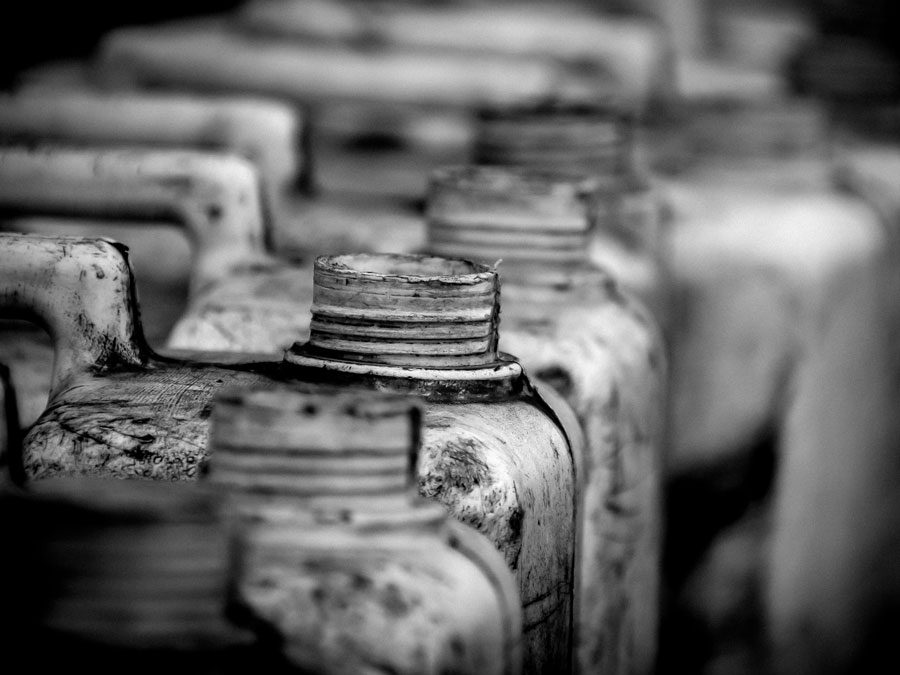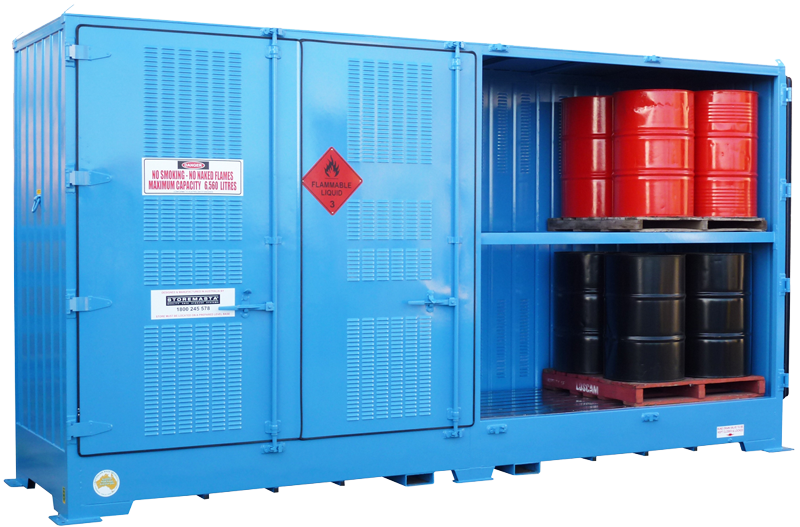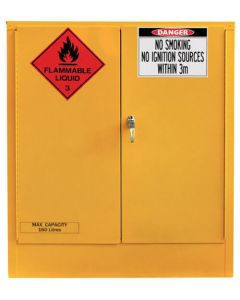Dangerous goods storage compatibility

Storing Dangerous Goods: What is compatible and what isn’t?
Note: It’s important to consult an expert to help you store, manage, transport and use dangerous goods safely and responsibly in your workplace. This article is prepared as a general overview only.
You should always ensure that you separate incompatible chemicals. This can be done by separating chemicals by segregating them within the same storage area, or by storing them in completely separate storage areas - even in separate buildings.
However, dangerous goods legislation in Australia can be complex and difficult to understand. Dangerous goods storage compatibility guidelines can change based on the volume held, whether the substances will be transported or not, and the type of storage environment. The best option is always to avoid using dangerous goods in the first place, but sometimes this is not possible.
So how do you know which chemicals and liquids can be stored together and which can’t?
Well, firstly you’ll need to understand what kind of chemicals you have on site and their dangerous goods class. For example, Class 2.1 are flammable gases and aerosols, such as spray paints. Class 3 are flammable liquids such as acetone, diesel and petrol.
Worksafe Victoria has an easy guide on commonly used dangerous goods and their classes, however, every substance you have on-site should have an SDS that tells you exactly what class it is.
Dangerous goods storage compatibility
One of the most important things to comprehend is compatibility. Certain liquids and chemicals of different classes should never be stored together. This means they will need barriers between them as well as locating them a minimum distance away from each other.
Barriers can include dangerous goods cabinets, partitions and separate bunds in case of spills. Additionally, liquids should not be stored above solids in case they leak on to chemicals below.
Guidance material from Safe Work Australia on dangerous goods storage compatibility states that when the risk of a reaction is low ‘a minimum distance of 3 metres is recommended between any incompatible goods, though this may be increased or decreased depending on the level of risk.’
If this risk level is high, other storage and management methods should be used such as separate fire-resistant rooms, even separate buildings. External storage tanks are sometimes the best method of storing large quantities of hazardous chemicals such as petrol or diesel.
General tips for storing chemicals:
- Ensure all dangerous goods are correctly labelled with appropriate placards
- Keep a register of hazardous chemicals and make sure your SDS files are up to date
- Have a spill kit on hand that is appropriate for the type of chemicals stored
- Make sure an emergency plan is in place, and that firefighting equipment is available in the event of an emergency
- Don’t store liquids above solids
- Only use the 3m separation distance as a guideline when the risk of a chemical reaction is low
- Make sure incompatible chemicals don’t share bunding or drainage systems
- Ensure staff are trained and know how to handle chemicals safely
- Monitor and maintain storage facilities including bunds, dangerous goods storage cabinets, pipework and cages
Dangerous goods storage compatibility chart
Safe Work Australia has a great piece of guidance material on storing different dangerous goods together. This table shows which classes of dangerous goods are compatible, which should use 3 or 5 metres separation, and which are definitely not compatible.
Get a quote on dangerous goods cabinets
Jaybro's range of dangerous goods storage cabinets can help you safely store flammable liquids at your workplace. We supply a wide range of sizes and styles to suit all applications.
Plus, we deliver fast right across the country so whether your site is in Sydney, Melbourne, Brisbane, Perth, Adelaide, Canberra or in a regional area we can get your cabinet shipped to you quickly.
Disclaimer: This information is provided as an introductory guide only and does not constitute professional advice. Ensure you make your own independent enquiries before deciding if a particular product is right for you. Consult the regulations and standards applicable to your area and check with your workplace health and safety representative for further information. Jaybro does not warrant the accuracy, content, completeness or suitability of the information on this site (or any site owned by the Jaybro Group) for your individual purposes.
 Sign In
Sign In 



